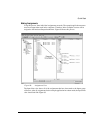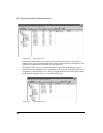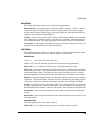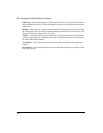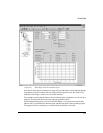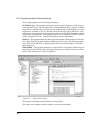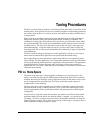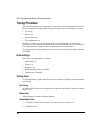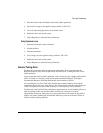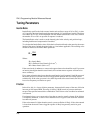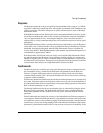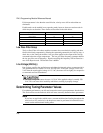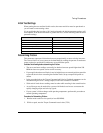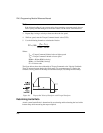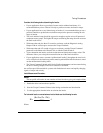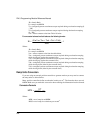
215
Tuning Procedures
3. Enter the inertia value calculated into the Inertia Ratio parameter.
4. Set the Line Voltage to the applied voltage (default is 230 VAC).
5. Leave all other tuning parameters at the initial values.
6. Enable the drive and run the system.
7. Adjust Response to obtain the best performance.
Fully Optimized Level
1. Determine the actual system parameters.
2. Disable the drive.
3. Enter the parameters.
4. Line Voltage set to the applied voltage (default is 230 VAC).
5. Enable the drive and run the system.
6. Adjust Response to obtain the best performance.
General Tuning Hints
The Response is normally the final adjustment when tuning. For best performance the
Response should be lower with a higher inertia mismatch (>10:1) and higher with a lower
inertia mismatch.
If your system has some torsional compliance, such as with a jaw type coupling with a rubber
spider, or if there is a long drive shaft, the Response should be decreased. The highest
recommended Response with High Performance Gains enabled is 100 Hz.
Also, enabling the Low Pass Filter helps diminish the resonant frequency of torsionally
compliant loads. In such cases, using the Low Pass Filter usually allows for higher Response
values. The optimum Low Pass Filter frequency is at the frequency of the resonance.
Feedforwards can be enabled if the performance requirements are very demanding. However
when using them, make sure the Inertia Ratio and Friction values are an accurate
representation of the load. Otherwise, the system performance will actually be degraded or
stability will suffer. Enabling the Feedforward makes the system less tolerant of inertia or
friction variations during operation.



